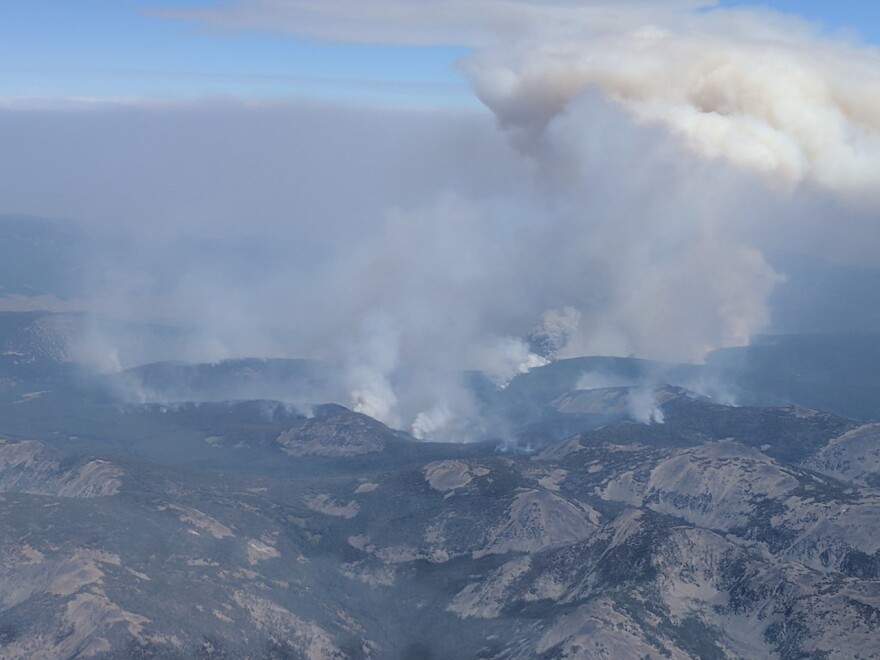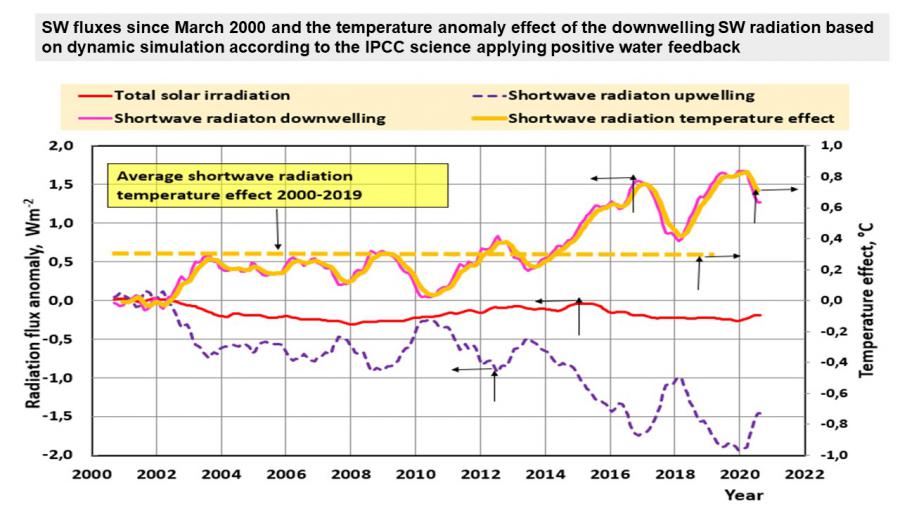As wildfires become more frequent and intense, it becomes essential to understand how they affect the climate. And according to recently accepted data from researchers at the University of Wyoming (UW), climate models that have been used for years likely had significant problems with them.
“One of our graduate students has just been accepted for a paper discussing how wildfire smoke in general in global climate models is too dark to absorb. This has just been accepted into Nature Communications,” said the Principal Investigator Shane Murphy.
the Western Wildfire Experiment for Cloud Chemistry, Aerosol Absorption and Nitrogen (WE-CAN) The field campaign began in 2018 when UW researchers joined other researchers from the University of Washington, Colorado State University (CSU), University of Montana, and National Center for Atmospheric Research (NCAR) in Boulder, Colorado. It was run by the CSU.
Scientists hovered over plumes of wildfire smoke in a C-130 aircraft modernized with scientific instruments which was based in Boise, Idaho. It’s a big plane, but each team installed their own sets of instruments, which made it very tight.
“Once all that instrumentation is there, there’s just one aisle left in the middle for you to go up and down,” Murphy said. “And then pretty much the whole rest of the plane is stuffed full of instruments with a bit of room for the scientist to sit down and turn around and operate it. And then at the front of the plane, a research scientist, so it would vary from flight to flight, will lead the flight.”
Highly skilled pilots maneuvered the aircraft in smoke that was often too thick to see where they were going, which meant they relied on instrument controls instead of visual controls. According to Murphy, they were sometimes given their own airspace to fly so they didn’t have to worry about crashing into firefighting planes.
“You know, you’d think it would be scary, but it’s actually not very scary because the drivers are so competent from NCAR, they’re really, really well trained, and so they’re always on top,” Murphée said. . “And air traffic controllers are really, really good at keeping different planes isolated from each other, so you never worry about crashing into another plane.”
As the plane sailed, the researchers collected samples from different parts of the plume. Most flights lasted about eight hours and focused on the western part of the country.

“We measured the fires in California, Oregon, Washington, Utah and Montana. In Wyoming, we might have sneaked. But we were taking off in Boise and the farthest flight we made was to measuring the impacts of fires on clouds off California, near the bay,” Murphy said.
The institutions have each focused on collecting a certain type of data. The UW team specifically looked at the color of smoke particles, how they react to sunlight, and how long they stay in the atmosphere.
There are three types of carbon, each with their own unique properties. Soot, or black carbon, tends to absorb a lot of sunlight. Light carbon is an aerosol that reflects sunlight. But carbon brown is another aerosol that is an “intermediate” color that researchers still don’t know much about.
“You need to know how light or dark the smoke is, and how light or dark the surface underneath is. And when you have those two answers, you can determine whether the smoke is heating up on average or cooling on average. “, said Murphée.
Most data models assume that smoke has a neutral effect on climate. This new data suggests otherwise and will help ensure accurate climate models and predictions.
“That way we can plan better. We understand if there’s going to be more warming or cooling, and can react accordingly,” Murphey said. “And those things also impact the weather. It also helps us understand how wildfire smoke will affect cloud formation and weather systems and all that.”
The team presented their brown carbon decay rate data at the American Geophysical Union’s Virtual Fall Conference in early December. Data from this project is still being analyzed, but results are being published as they become available.
A question about this story? Contact the reporter, Ivy Engel, at [email protected].




/cloudfront-us-east-1.images.arcpublishing.com/gray/HAQHVR4PTFEPFIE77LUEQ2PR7I.jpg)